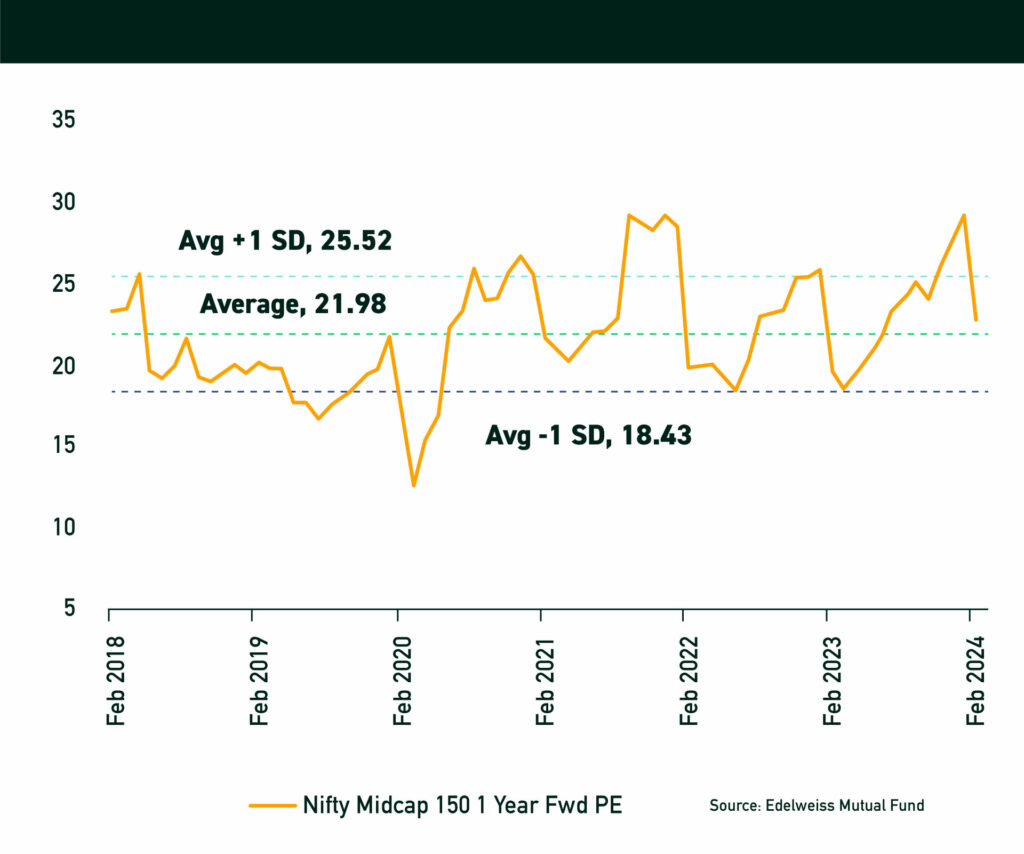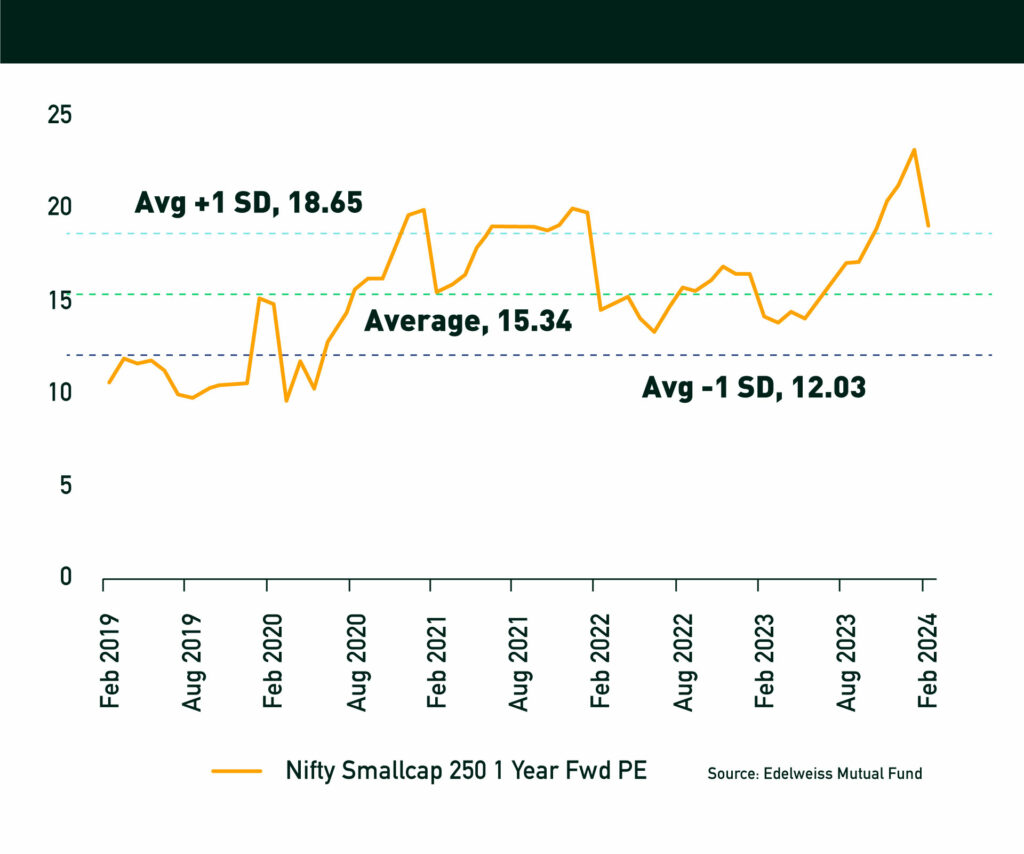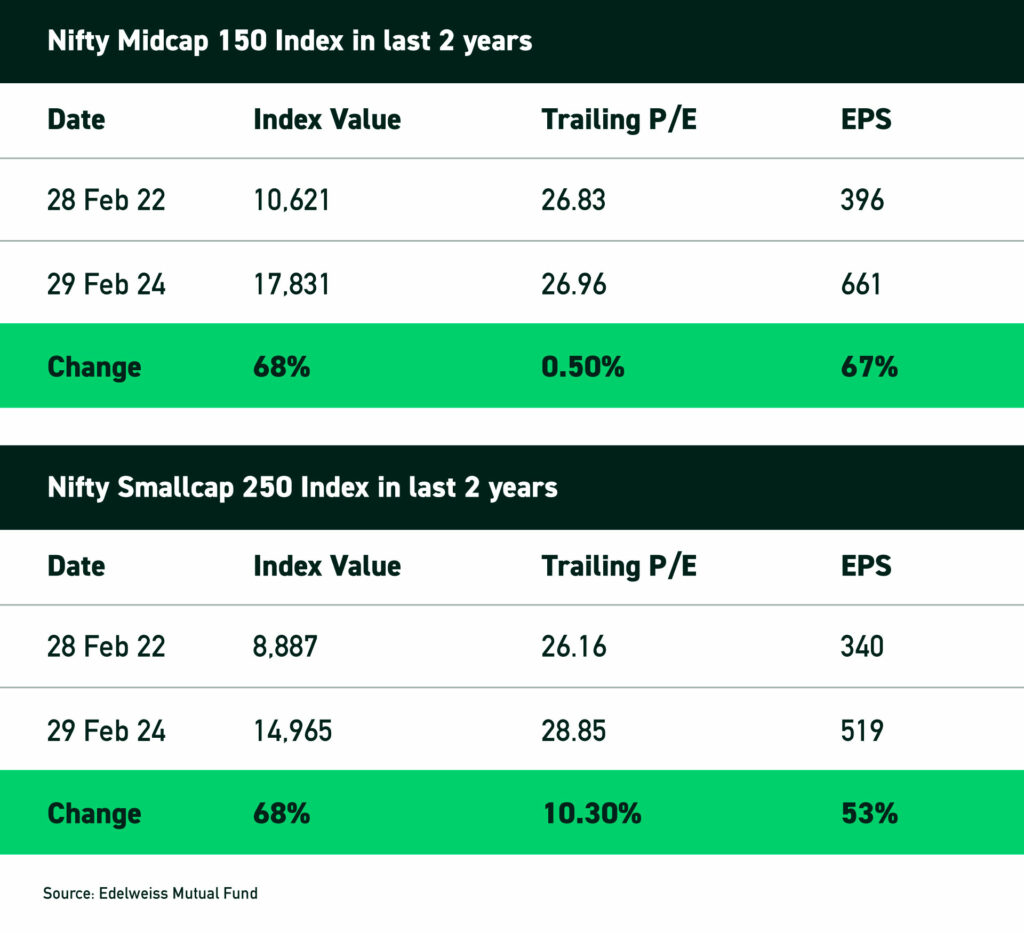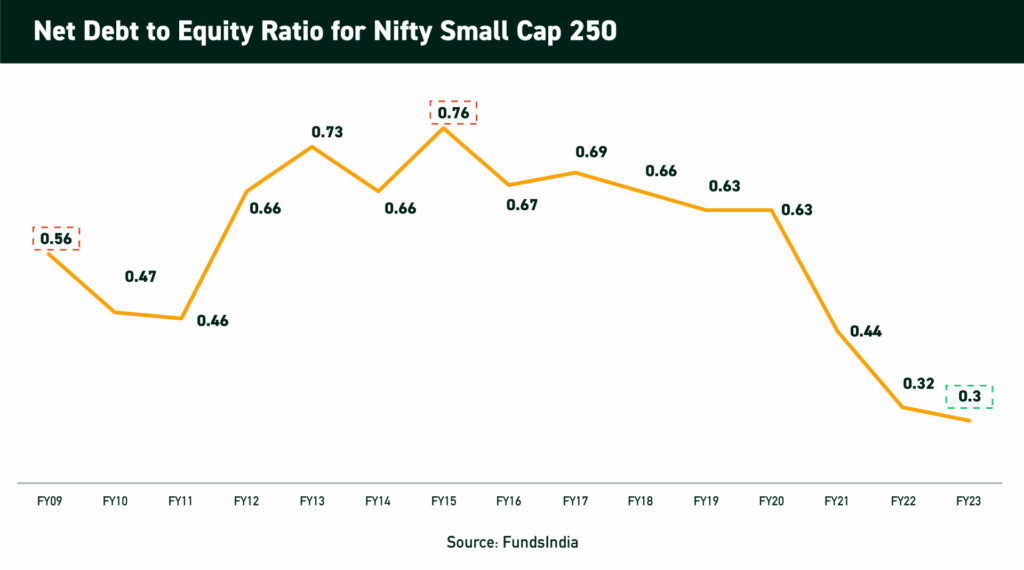smallcases in focus, March 2024

| What’s the deal with Midcap and Smallcap stocks?
Recently, there has been a lot of chatter around mid and small cap companies. Starting from frothy valuations to unsustainable rally, the stakeholders have said it all. Notwithstanding the barrage of opinions, the jury seems to be still out on this. There hasn’t been a decisive conclusion to whether one should consider fresh investments in mid and small cap companies or is it time to sell them all?
In this edition of smallcases in focus, we will take a methodological approach and strive to deconstruct the noise around this section of the market and provide some sense in general around investing in mid and small cap companies at this point of time.
Let’s begin by looking at the report card. How has mid and small cap indices performed as compared to the broader market? We will also look at the performance of our small cap oriented smallcases.


The mid and small cap companies have significantly outperformed their large cap peers, more dramatically over the last couple of years. We are repeatedly fed with the fact that mid and small cap companies are very risky however they have proven to reward the risk takers as well.
Next, let’s shift our attention towards valuations. The ferocity with which mid and small cap companies have rallied over the last two years, there should not be doubts regarding their elevated valuations. Take a look at the charts below.


That being said, there is definitely some cool down to be seen as both mid and small cap indices have seen their valuation multiples come down from the peak.
Now with regards to valuations, usually there are two broad factors that drive valuations – earnings growth and valuations multiple growth (or PE re-rating).

The good news is that the majority of the valuations has been driven by earnings growth which is a sign of strong business fundamentals. To explain it in simpler terms, the P/E ratio has two components to it – Price and Earnings. If earnings increase in tandem with price, the P/E ratio would be the same, as can be seen from the image above. In the case of Nifty Midcap 150 Index, the trailing P/E ratio has been the same for the last two years as price rose by 67% and earnings growth (EPS) grew by 68%.
Earnings drove the P/E, but what drove earnings? Macros. The Indian macro economic environment has been favorable for companies. The higher propensity towards consumption from the Indian mass has given a huge impetus to the demand side of things. Not to mention, the bold spending done by the government (capex) on public infrastructure has accentuated the business environment in the right direction.
Another major factor for mid and small cap companies to have received investor aversion was the high debt on the books of the majority of such companies. As per business fundamentals, too much debt harms the future prospects of the company and poses default risks. Look at the way small cap companies have pared their debt to historical low levels.

At this point, we have seen all the significant moving parts to this discussion. Now, let’s bind it all together and make sense of the data. You see there are two factors which are playing against mid and small caps while three of them are in favor of them.
In conclusion, at this point of time, one should ideally avoid a large lump sum investment into these companies given the run up and valuations stretch we have seen. However, complete panic exit from this section of the market is unwarranted for and regular SIP investments could be the way to go about it. We hope this would provide some meaningful direction for you to navigate your investments.
Disclaimer: Investment in securities market are subject to market risks. Read all the related documents carefully before investing. Registration granted by SEBI, membership of BASL (in case of IAs) and certification from NISM in no way guarantee performance of the intermediary or provide any assurance of returns to investors.
The content in these posts/articles is for informational and educational purposes only and should not be construed as professional financial advice and nor to be construed as an offer to buy /sell or the solicitation of an offer to buy/sell any security or financial products.Users must make their own investment decisions based on their specific investment objective and financial position and using such independent advisors as they believe necessary.
Windmill Capital TeamWindmill Capital Private Limited is a SEBI registered research analyst (Regn. No. INH200007645) based in Bengaluru at No 51 Le Parc Richmonde, Richmond Road, Shanthala Nagar, Bangalore, Karnataka – 560025 creating Thematic & Quantamental curated stock/ETF portfolios. Data analysis is the heart and soul behind our portfolio construction & with 50+ offerings, we have something for everyone. CIN of the company is U74999KA2020PTC132398. For more information and disclosures, visit our disclosures page here.




